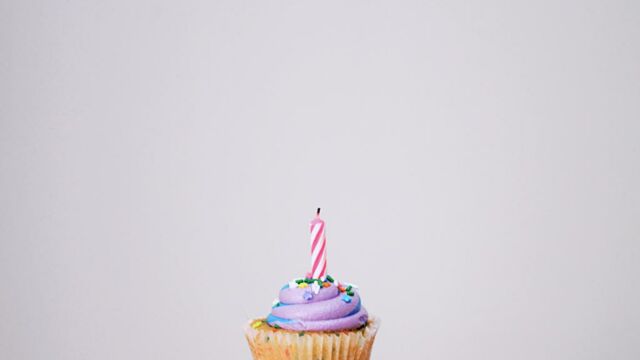Lead, copper and other heavy metals were found in cake decorating dust. According to the US’ Centres for Disease Control and Prevention, this was discovered after several children became sick after birthday parties.
Discover our latest podcast
Lustre Dust
The CDC report studied two separate incidents in 2018 and 2019 involving ‘lustre dust’ which is often used for decorating cakes and chocolates. In 2019, a one-year-old child was found to have a high level of lead in his blood.
This metal contains materials that are particularly dangerous to children, as it affects brain and nervous system development. It was later discovered that the little boy’s first birthday cake was decorated with lustre.
In the second incident, six children aged between one and 11 years old became ill after attending a birthday party. They experienced vomiting and diarrhoea and one child was taken to the emergency department. Again, it was found that the children had eaten frosting made from these decorative cake dust.
Analysis of the lustre dust on the cake revealed that it was not at all edible or non-toxic, it was in fact fine copper powder, imported from a manufacturer who initially sold it with the intent it be used as a metallic pigment for goods such as floor coverings.
Labelling
According to the CDC, decorating foods with lustre dust and similar products is a current trend, popularized on television programs, instructional videos, blogs and in magazine articles.
The CDC suggests that explicit labelling indicating that non-edible products are not safe for human consumption is needed to prevent illness from inappropriate use of inedible products on foods.
The report concludes:
The use of lustre dust in homemade and commercially prepared goods is a popular trend; however, not all glitters are created equal. Although some glitters and dusts are edible and safe for use on food, many others are not.















